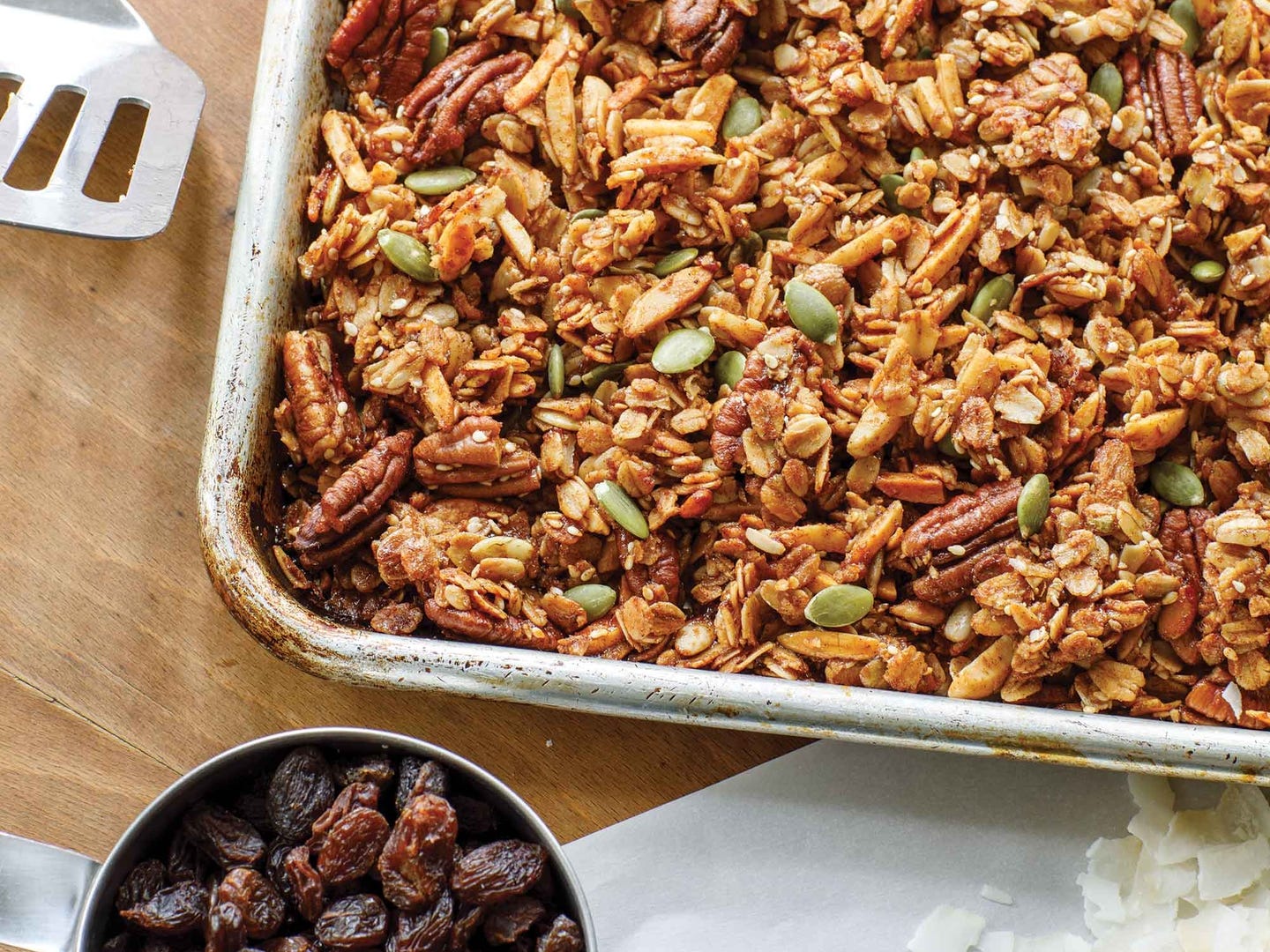
Long before neighbors knocked on doors asking to borrow a cup of sugar, honey was the primary sweetener and preservative of antiquity. The earliest known depiction of beekeeping was recently found on cave paintings in Spain believed to be over 7,500 years old. In much of the world, sugar cane, which likely originated in New Guinea, was a rarity well into the Middle Ages, and even then, a scarce commodity reserved for the wealthy. Beekeeping, however, was globally widespread, making honey much more readily accessible. Honey has a particular significance in Jewish teachings, where it is a recurrent symbol of knowledge, hope, and celebration. It’s mentioned in the Torah, referring to the “manna” (honey wafers) which provided sustenance for the Israelites as they wandered the desert, and dipping apples in honey—and honey desserts in general—is customary for Rosh Hashana, symbolizing our hope for a sweet new year.
Today’s beekeeping resurgence and a growing preference for local, natural, eco-friendly ingredients means bakers these days are sweet on honey. Honeys vary greatly, deriving their fragrance and flavor from the flower (or flowers) from which bees gather their nectar and pollen. Some honeys are distinctive in flavor and color; some are delicately floral; others teeter on cloyingly sweet, while still others are deeply earthy. Visually, they run the gamut from nearly transparent to dark amber. Lighter-colored honeys tend to have a milder taste while darker varieties have a richer flavor. There are exceptions, however; honey from basswoods, linden, and certain tulips have distinctive flavor profiles despite their golden hue. Color can also be an indicator of antioxidant content; usually the darker the honey, the higher it is in antioxidants. In baking, the simplicity or complexity of a particular honey resonates, yielding a finished product reflective of its sweetener. Though many recipes were originally created with delicately flavored clover honey in mind, adventurous bakers can feel free to experiment with different types.
Whether you’re looking to sweeten up your breakfast or dessert, honey affords a wealth of options. From hearty granola to gem-like madeleines, classic crêpes to oven baked apples or pears, honey complements the warm spices of autumn. Just in time for the Jewish High Holidays, not-so-humdrum honey cake gets gussied up with the addition of chocolate and a splash of kosher cream soda. According to the National Honey Board, the U.S. boasts more than 300 unique floral sources of honey, so consider dipping your pinky into varieties beyond the conventional supermarket honey bear. Whether you align yourself with mellow Tupelo, the deep, molasses-y flavor of buckwheat, or the hint of citrus found in orange-blossom, think about honey not only as a sweetener, but also as a flavor and fragrance enhancer. Drizzle or douse your way through our favorite honey recipes, guaranteed to satisfy your sweet tooth.
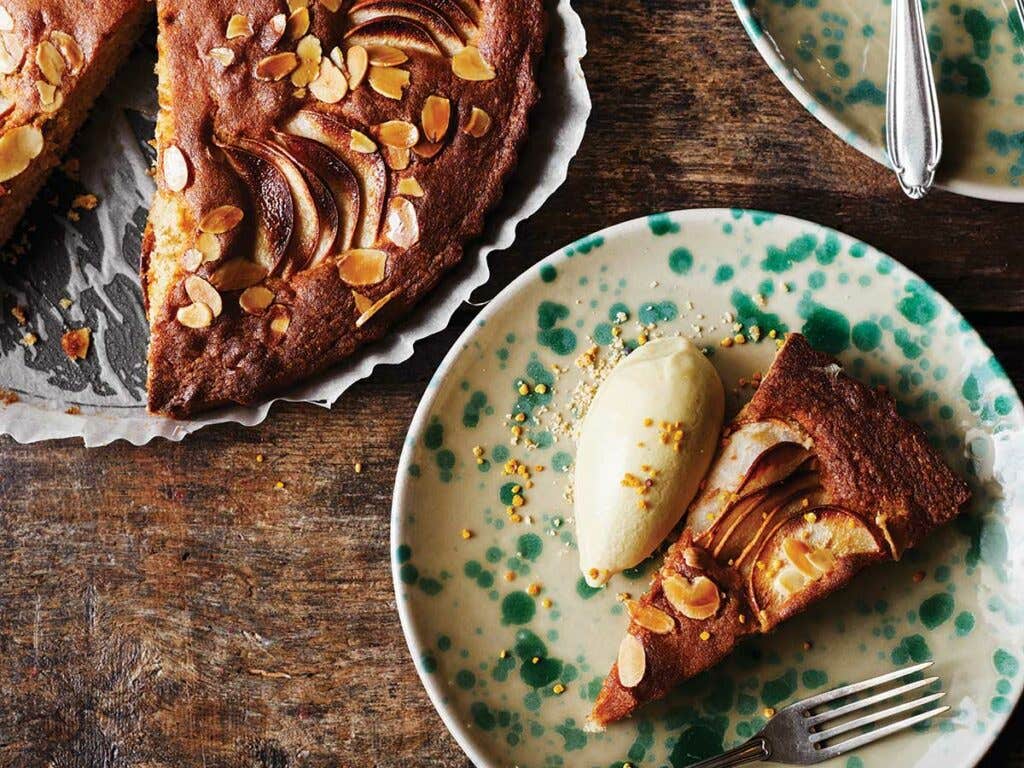
A bright lemon glaze enhances this flavorful cake; feel free to substitute your favorite apple for the pear. Get the recipe >

Sweet medjool dates, honey, and warm spices are prevalent in Middle Eastern baked goods. These celebratory cookies take a quick dunk in honey syrup before a finish of sesame seeds for added crunch. Get the recipe >
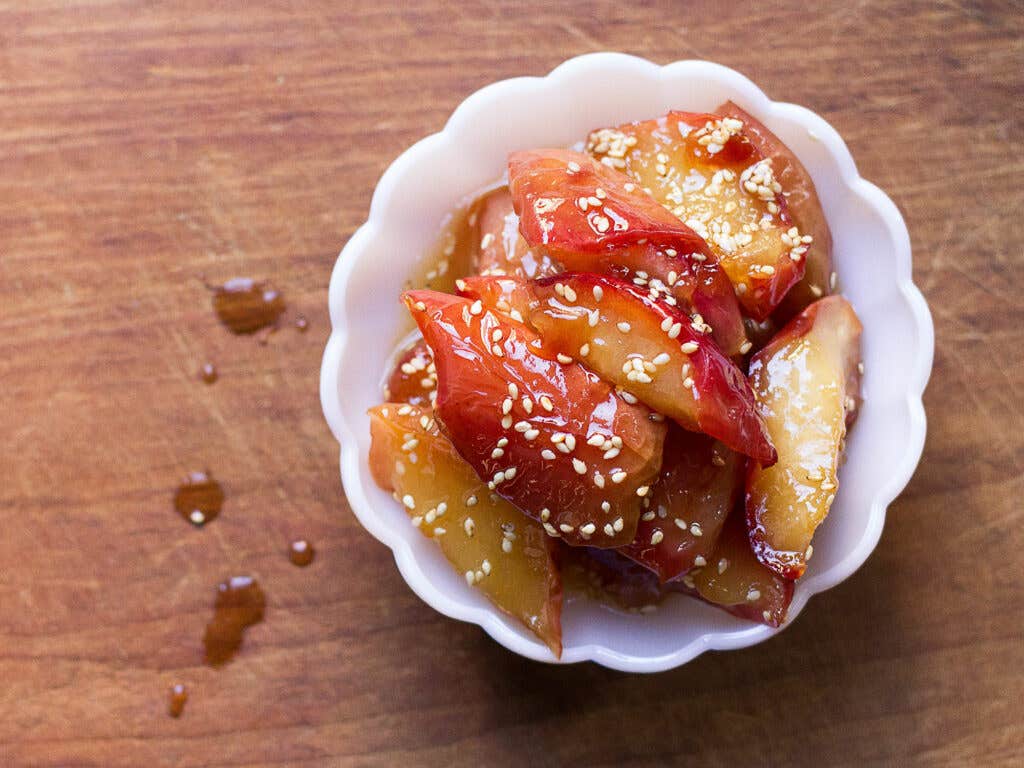
Requiring minimum fuss, apples, honey and butter caramelize in the oven. Choose a flavorful apple such as Cortland, Macoun, Empire, or Fuji. Leaving the skin on tints this dessert a gorgeous autumn color. Get the recipe >
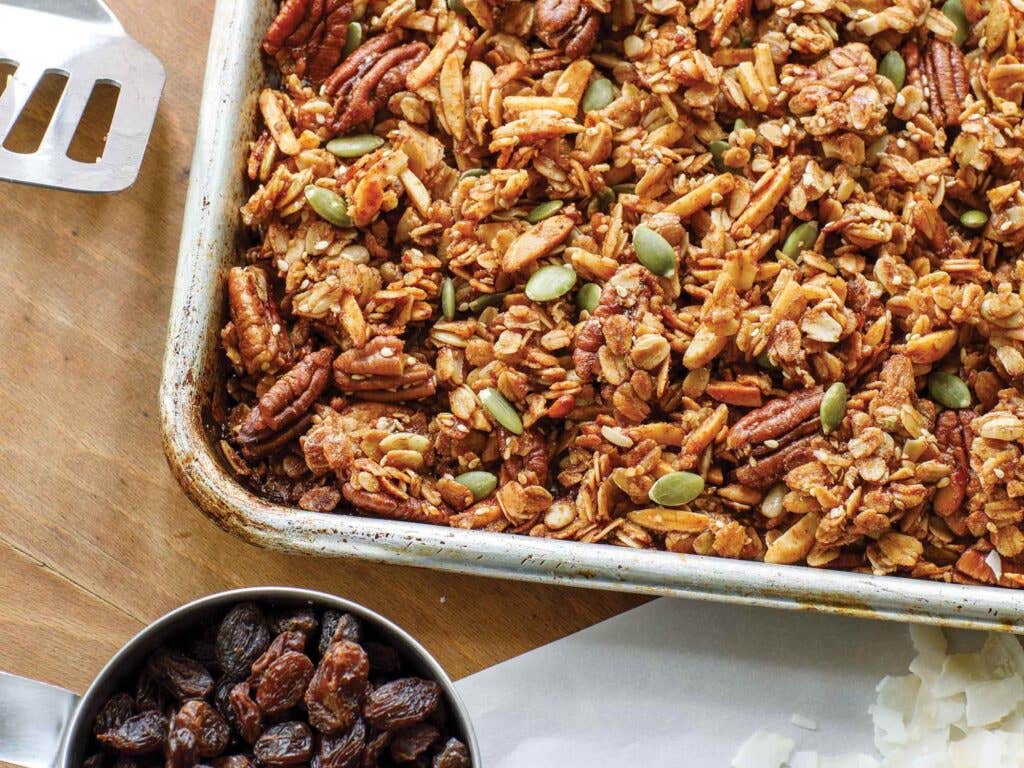
This granola isn’t just for breakfast. Flavorful from honey and maple syrup, sprinkle over baked apples for a comfortable dessert, serve it with squares of dark chocolate and slices of pear, or with bowls of poached Italian plums drizzled with a robust honey such as buckwheat. Get the recipe >
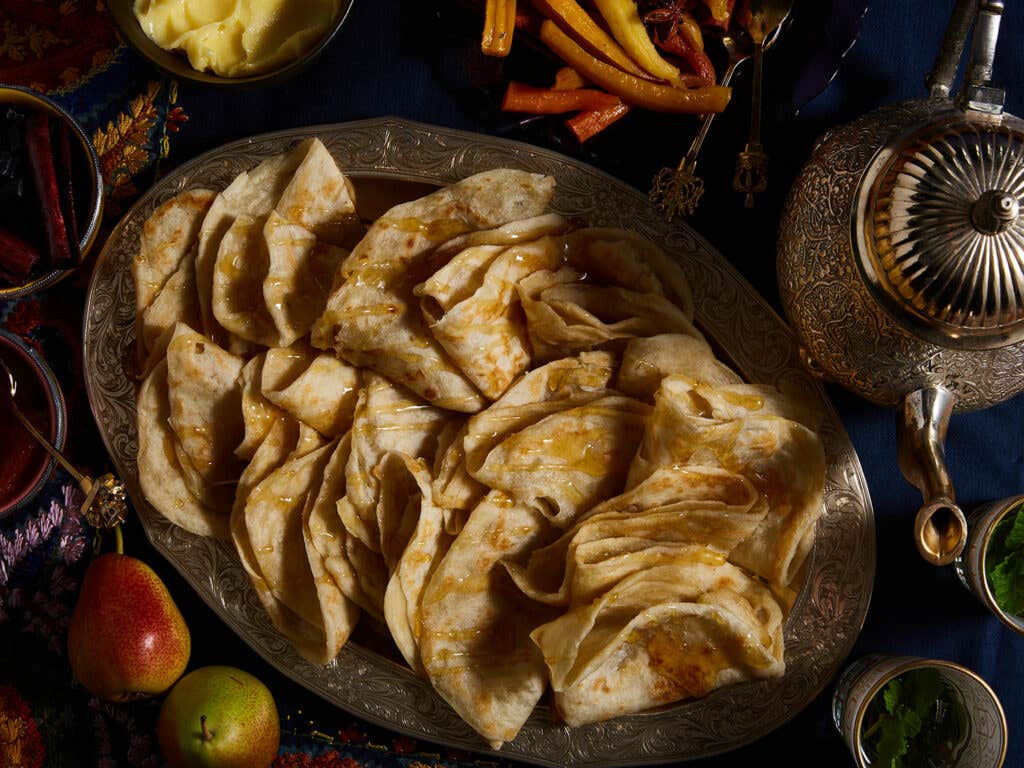
Crepes are always a welcome surprise; in this recipe, the simple flatbreads serve as a canvas for your favorite honey. Get the recipe >
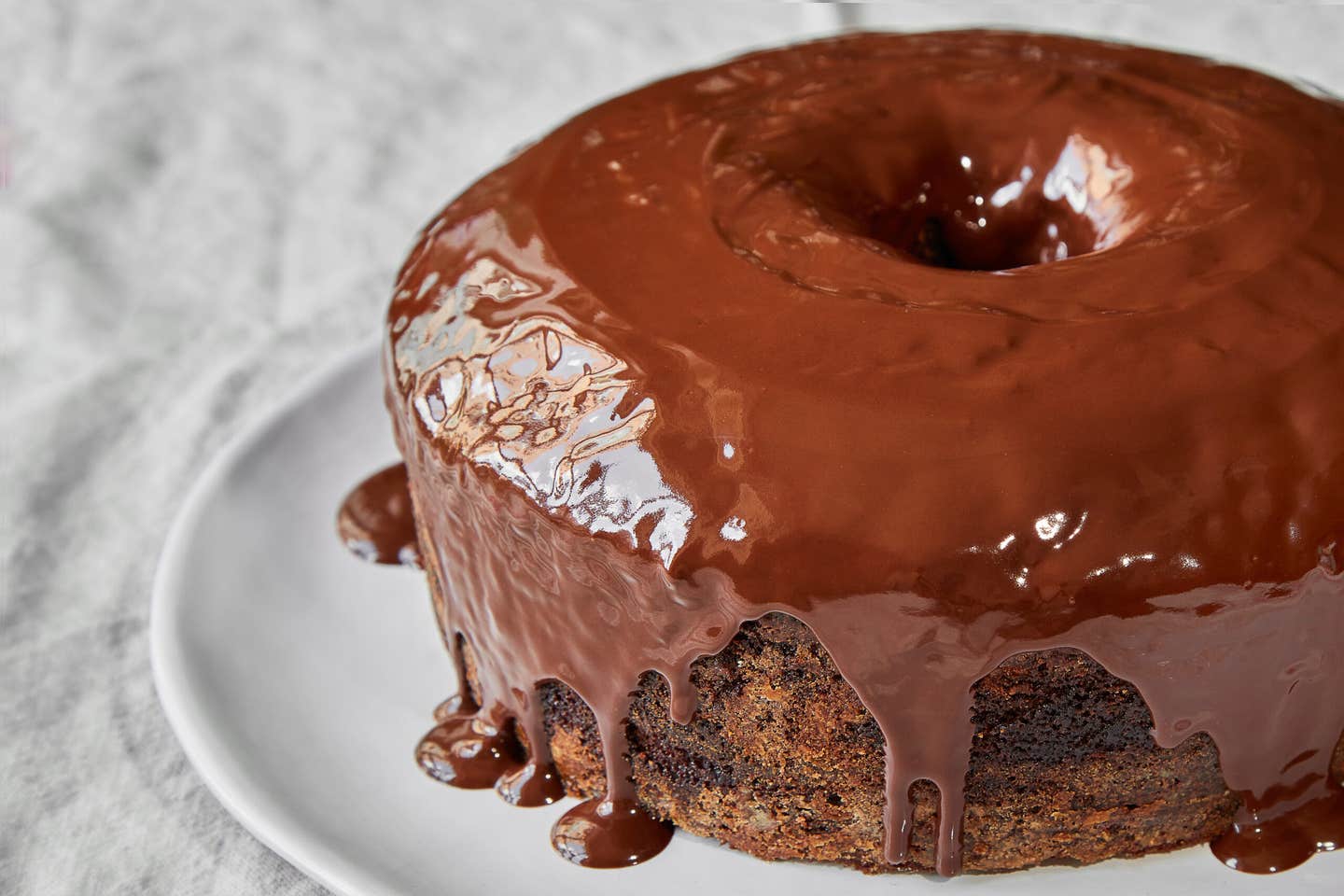
Not your typical honey cake, this one is all dressed up to celebrate the Jewish New Year. Steeped with some interesting food history and a surprising ingredient, this will serve a crowd if baked in a tube pan, or can be divvied up between two loaf pans. Get the recipe >
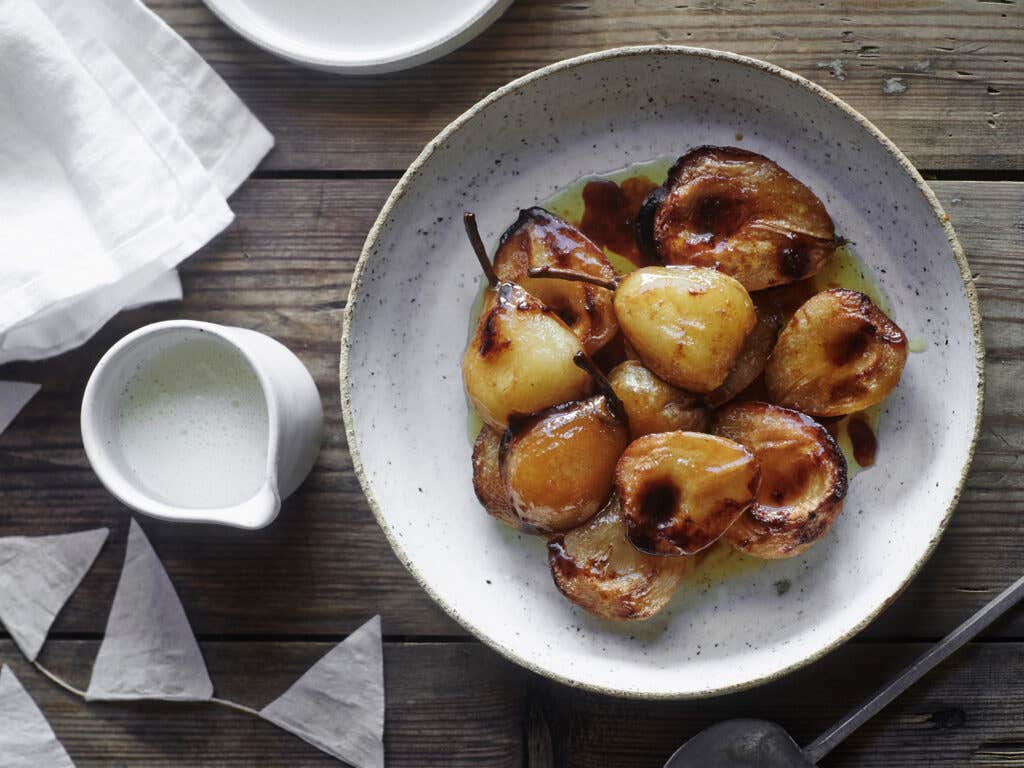
A deeply flavored honey is ideal with sweet Anjou pears. Get the recipe >
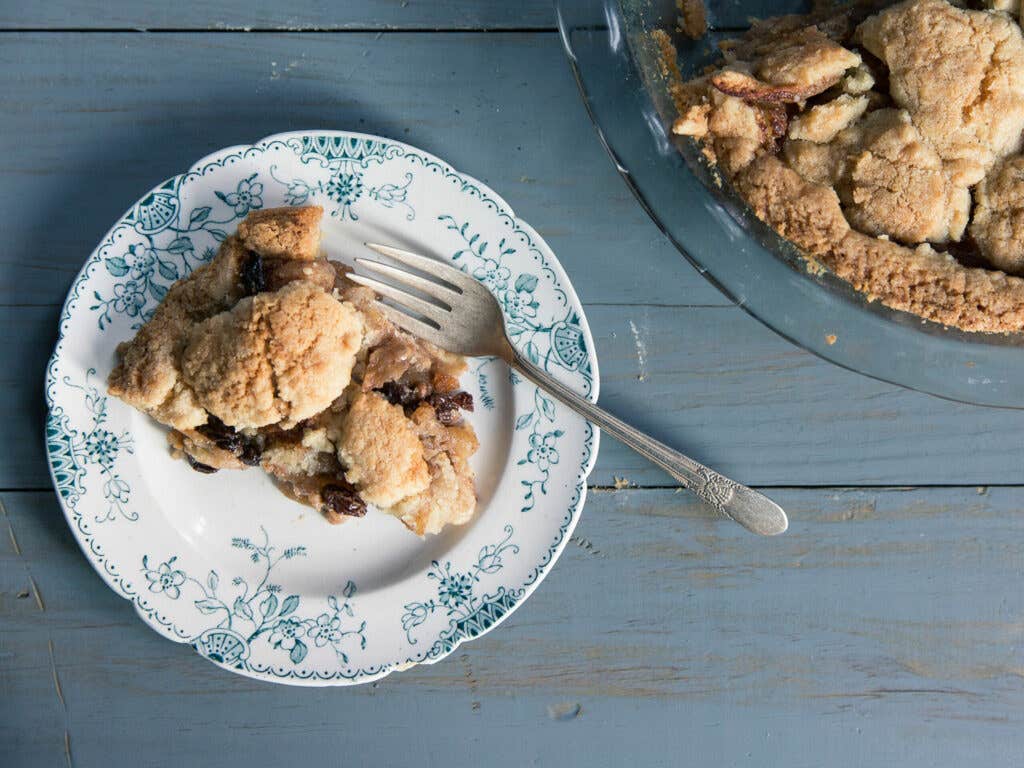
With a streusel topping and pie-like dough, this Rosh Hashana apple dessert is half cake, half pie. Get the recipe >
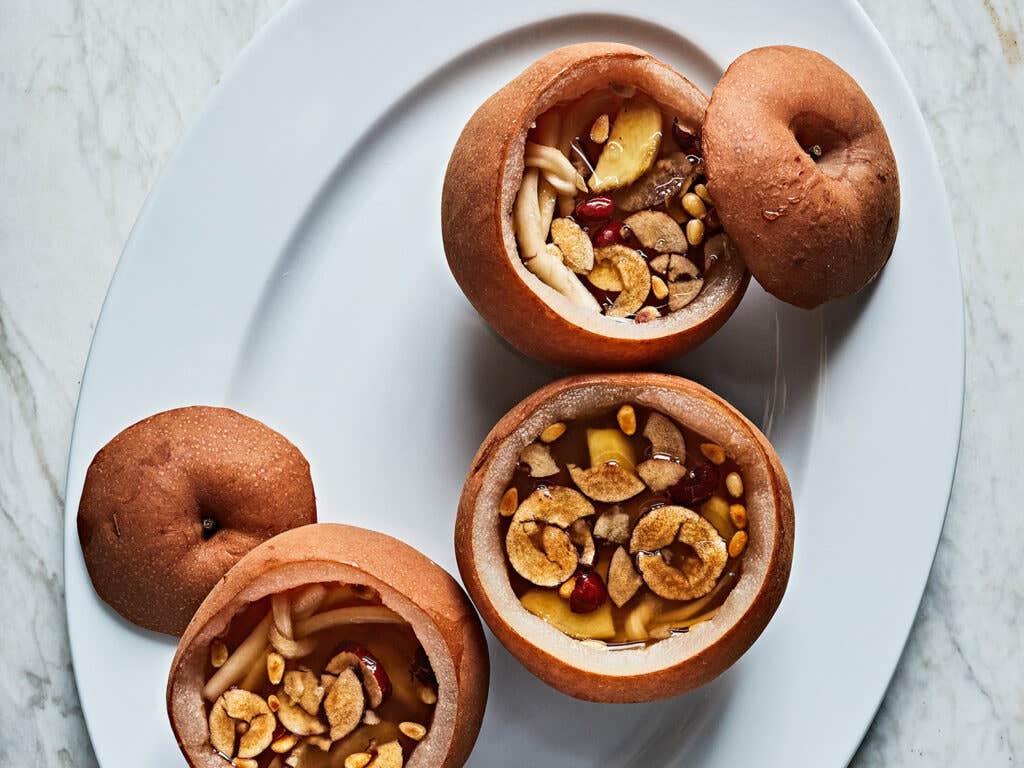
Baejungtang—also known in some regions as baesuk—is a poached or steamed Korean pear dish that makes a comforting breakfast, snack, or dessert. Get the recipe >
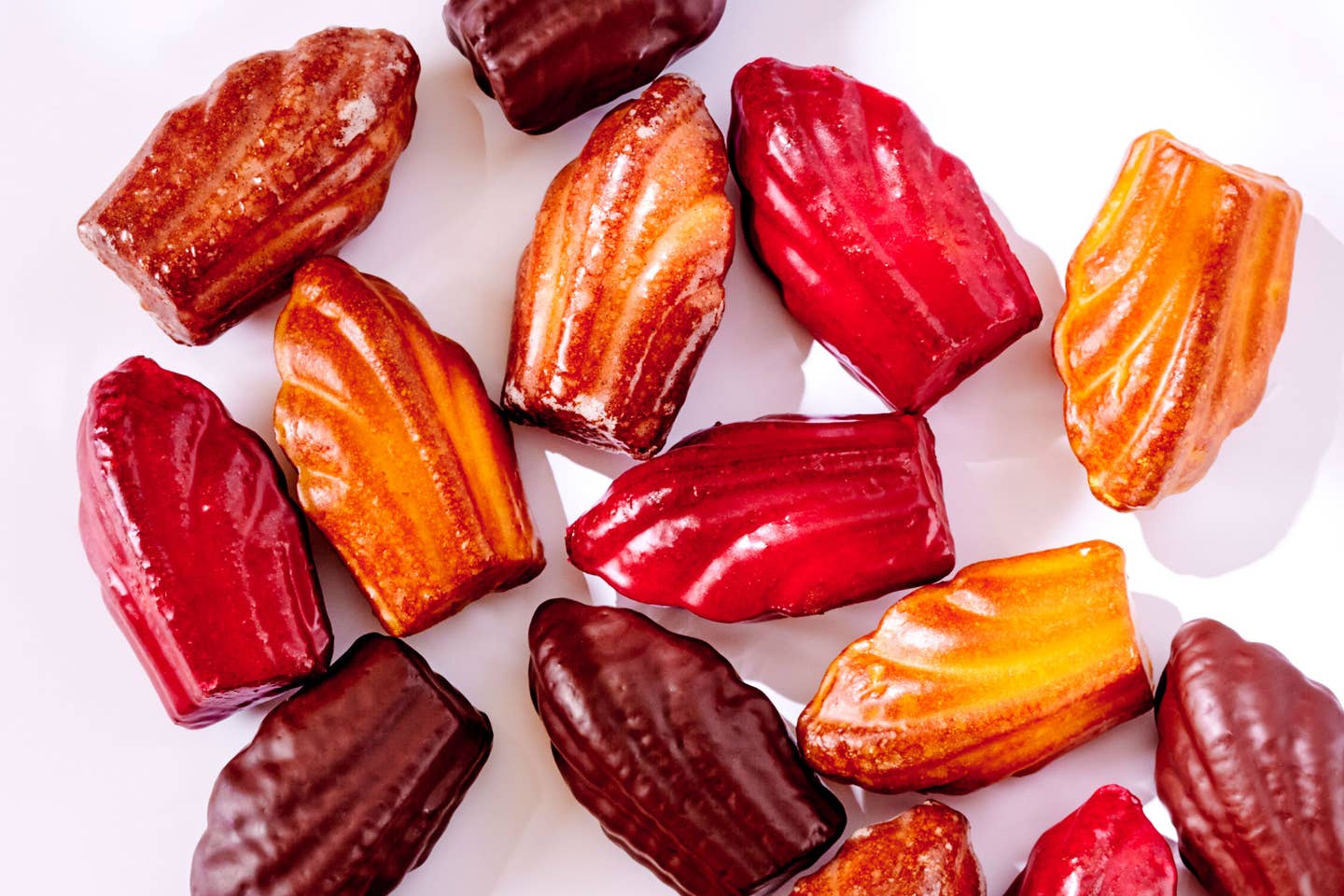
At the Hotel Ritz in Paris, the understated pâtisserie classic gets a sweet-tart, honey-scented twist. Get the recipe >
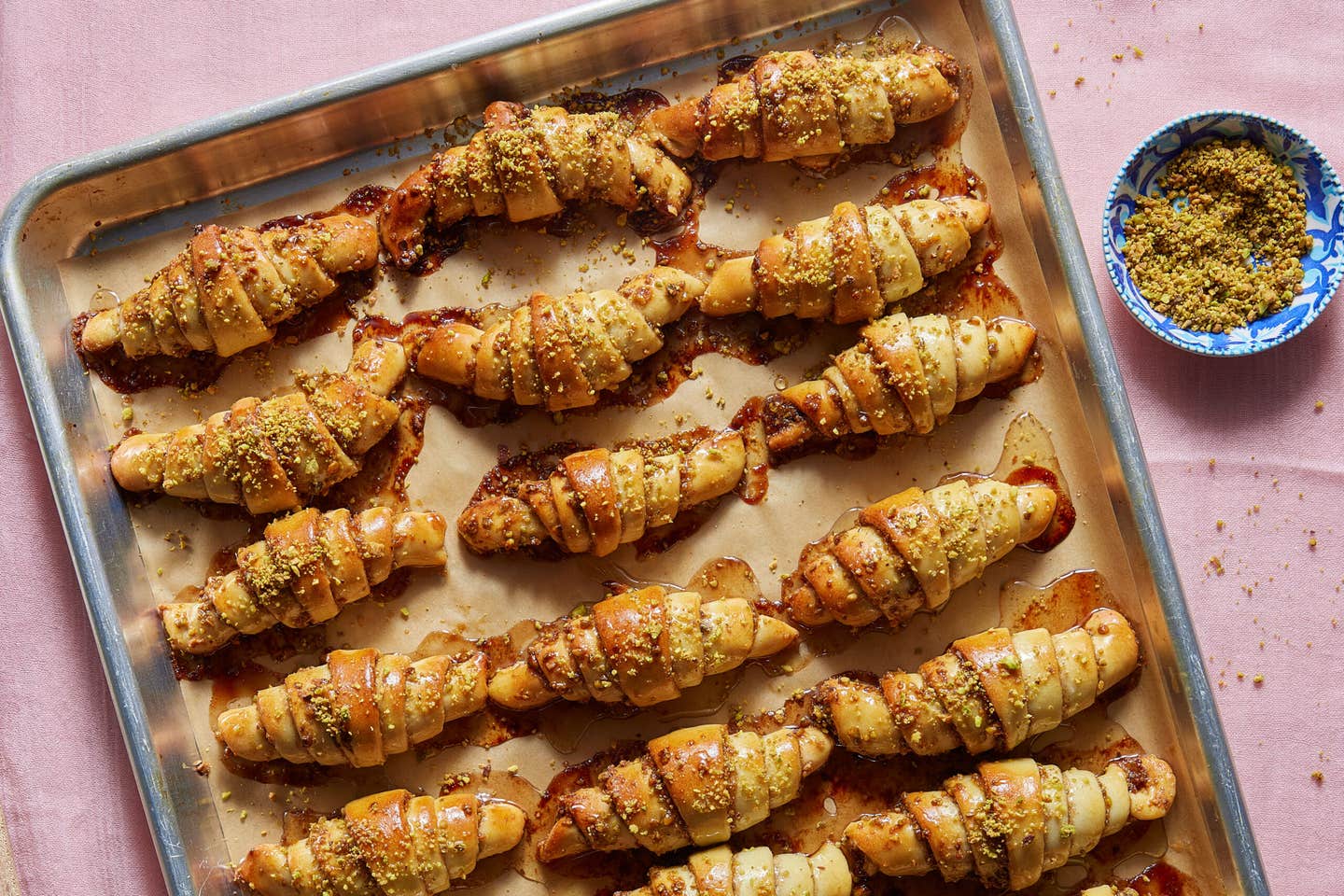
Unlike typical cream cheese-based American rugelach, these are Israeli style. Yeast-risen dough cradles a luxurious filling of pistachios, date syrup, honey, rosewater, and spices. Get the recipe >
Keep Reading
Continue to Next Story










